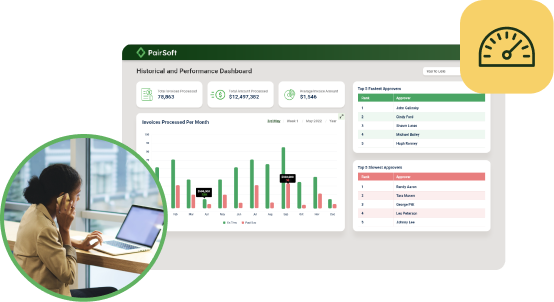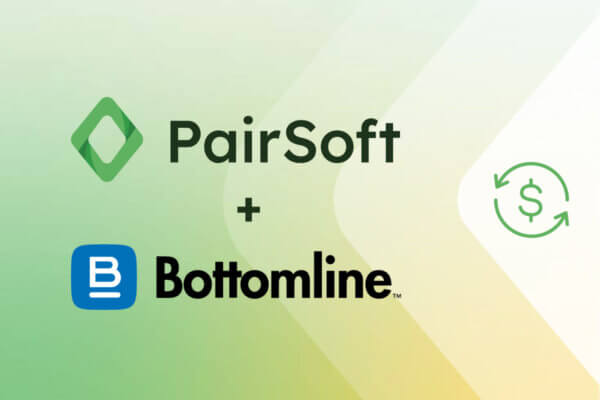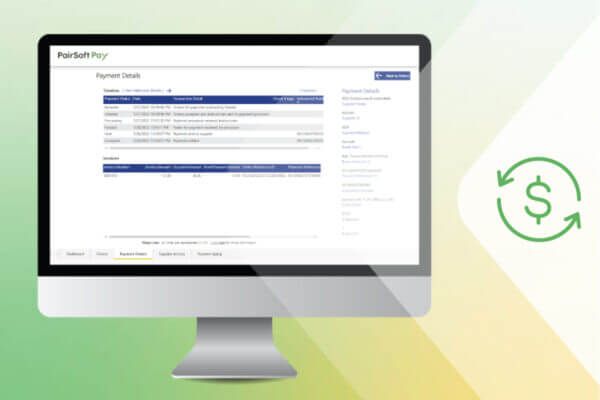As businesses grow, they often discover opportunities to merge with other companies, acquire companies, spin-off businesses, or establish additional domestic or international offices with independent structures. While multi-entity companies have some clear advantages, parent companies typically have to contend with various accounting challenges, including those related to the procurement process.
Centralizing purchasing by investing in a procurement solution designed to support multiple companies and work in concert with the company’s ERP solution mitigates those challenges and delivers cost-saving efficiencies. Here we look at 5 benefits of a multi-company/multi-entity procurement solution.
1. Manage spend across companies
At even the most basic level, managing spend across multiple companies presents challenges. In many ERP and single-company procurement applications, users must log out of one company before logging into another, complicating even simple tasks like accounts payable invoice entry or purchase order entry. When an invoice, for example, contains charges that belong to more than one company, employees may need to separate the charges manually and then log in and out of each company to enter that entity’s share of the expense.
Simplifying the procurement process starts with having only one platform for viewing, entering, and searching for spend information across your entities. This allows, for example, a finance team member at corporate headquarters to view open purchase orders for other company locations. And a single procurement platform enables employees in different locations and on different mobile and laptop devices to use the same solution to submit, review, approve, and search for transactions.
2. Allocate spending without the hassle
For organizations with multiple companies, it can be a hassle to allocate expenses from one entity, such as corporate headquarters, to another entity. Too often this means relying on spreadsheets and manually managing eliminations to get the “due to” and “due from” right in each company.
A unified procurement platform allows an employee to allocate an amount on a requisition, invoice, or expense report from one company to another company on a document level, and even at a transaction line level eliminating the need for spreadsheets and ensuring that financial reports are up-to-date and accurate.
3. Eliminate duplicate data entry
It’s not uncommon for multiple entities to share the same vendors, items, users, and even general ledger accounts — but too often this requires a great deal of duplicate data entry to set up and maintain the data across multiple companies. A new vendor or an address change means someone will need to update the vendor record in each company that buys from that vendor. It’s inefficient and often simply doesn’t get done, leaving users to question which database is believable.
A multi-company procurement solution means shared setup — vendors, items, users, etc. can be set up once in the application and then leveraged (with appropriate permissions, of course) by all the entities. And when the inevitable address changes come, or a new vendor is added, the data only needs to be entered in a single location.
4. Consolidate buying power
Multi-entity companies that lack a centralized procurement function are likely overspending. Each entity ends up sourcing and purchasing direct expense items from separate vendors, or perhaps even from the same vendor but under multiple accounts.
Centralizing purchasing through a true multi-company procurement solution results in stronger buying power, improved positioning with vendors, and better communications across all departments and entities. With all direct and indirect spending routed through the same system, you can leverage your buying power, minimize waste, and drive efficiency into the process.
5. Centralize through decentralizing
The benefits of centralizing the procurement process are significant, but sometimes it makes sense to decentralize some portions of the procurement process, like requisition requests.
Empowering users to create and submit their own requisitions frees your accounting staff and purchasing agents to focus on more value-added tasks, but if the result is multiple, often redundant purchase orders, then the benefits of centralized purchasing and consolidated buying power could be diminished. A true multi-company procurement solution provides the best of both worlds: decentralized, employee-facing requisition functions along with centralized purchasing. Multiple requisitions can be combined into a single purchase order to maximize buying power and efficiencies.
Summing up
Duplicate data entry, logging in and out of multiple companies, manually allocating shared expenses, and difficulty obtaining a consolidated view of the entire operation all stand in the way of an efficient, productive procurement process. A unified procure-to-pay solution is the solution, one with seamless bi-directional ERP integration that can help your organization manage procurement, accounts payable invoice automation, and payments across companies easily, effectively, and with complete visibility.







